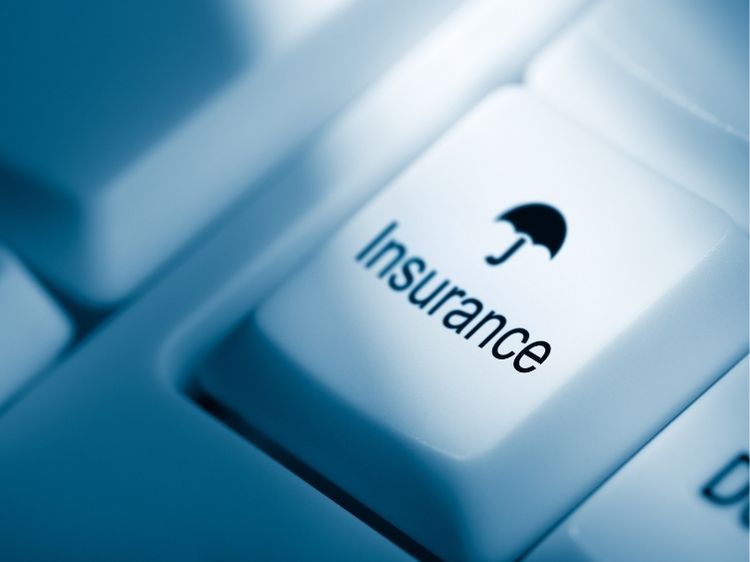When it comes to leasing or buying cars, the majority of people are focused on the cost of the vehicle as well as monthly payments and insurance coverage. One aspect that is that is often neglected is the gap in financial responsibility that may arise in the event of your vehicle is destroyed or stolen. This is the point where gap insurance comes into the picture. It’s a kind of insurance that is specifically designed to shield your financial assets from potential loss.
Gap insurance, which is short for “Guaranteed Asset Protection,” is a specific kind in insurance policies. It’s especially useful when you have a debt on your car than the current value that’s a typical scenario for new vehicles or cars purchased with low down payment. In the absence of gap insurance you may be forced to pay out from your pocket for a vehicle you don’t have anymore and still receive reimbursement from your normal automobile insurance.
How Gap Insurance Works
Imagine you have financed a vehicle for $30,000 but after a year its value decreases to $24,000. If the vehicle was destroyed or stolen automobile insurance will typically cover the market value, which is $24,000 in this scenario. However, you’ll have to pay the remaining $6,000 of your lease or loan. Gap insurance will pay for this gap, making sure you don’t have to pay for a vehicle that you will not drive anymore.
Gap insurance is typically used to cover leased cars or those purchased using a high ratio of loan to value. Depreciation of cars is rapid and often in the first year, which makes those who purchase new cars especially vulnerable. The security offered by gap insurance may be a lifesaver financially in these situations, offering security in a stressful time.
Who Should Consider Gap Insurance?
Although it’s not necessary for everyone, it’s strongly recommended in certain situations. For example, if you paid a modest down payment to purchase your vehicle, the credit balance will likely be more than the car’s real worth, particularly in the initial year of ownership. In the same way, if you lease your car and you need to pay for gap insurance, it is typically demanded by leasing companies in order to protect their investment.
In addition, people who own cars that are depreciating quickly for example, luxury cars or some SUVs, could gain a lot in the form of gap insurance. If you transfer an existing loan to an entirely new loan, and end up with an even larger balance of debt than the value of the vehicle and the gap insurance is more crucial.
Where to Buy Gap Insurance
Insurance for gap can be purchased through a variety of ways. The most popular alternative is to purchase it through a dealership at the time of purchase. However, purchasing directly from a dealership may occasionally be more costly. Insurance companies typically provide gaps insurance as an additional feature to your existing policy, and tends to be less expensive.
Another option is to purchase gap insurance from specialized third-party companies. Although this option may not be readily offered, it does allow comparison shopping to make sure you’re getting the most value. No matter where you buy it, understanding all the small print crucial. Certain policies only cover certain kinds of losses, and exclusions could apply, so knowing what’s included is essential.
The Costs and Benefits of Gap Insurance
Gap insurance can be comparatively cheap compared to its potential advantages. It can cost between $20 and 40 per year when added to an existing car insurance policy. A one-time cost of $500-$700 could be incurred when buying from a dealer. While these charges may seem as a cost to be incurred however, the financial security provided by gap insurance is far more than the cost for those who are in a position where they require it.
The main advantage to gap insurance is it relieves the burden of financial responsibility if your vehicle is damaged or stolen. Without it, you’ll face hundreds of dollars of in debt, which can be particularly difficult if you’re already in difficult financial circumstances. It’s a small cost to pay for a significant security.
Is Gap Insurance Worth It?
The decision of whether gap insurance is worthwhile will depend on your financial circumstances and the specifics of your vehicle lease or loan. If you’re financing cars with minimal to no down payments or leases a car, or owns a vehicle with high depreciation, gap insurance is an investment worth making.
However in the event that you made the largest amount of down payment, or your loan is close to completion the necessity for gap insurance is less. In these situations the value of your car will be more likely to match with the balance of your loan and reduce your risk of financial ruin in the case of a complete loss.
Conclusion
The Gap Insurance is a protection plan that protects the borrower from owing more on the loan you have taken out than the value of the car in the event of a total loss. Although it’s not required for everyone, it’s an excellent form of protection for those who lease or finance vehicles with low down payment, or own vehicles that are rapidly depreciating.
In closing the gap between your owed amount and what your vehicle is value, gap insurance provides the peace of mind as well as financial protection in difficult situations. If you decide to buy it from your insurance company or dealership, or even a third-party business, knowing the purpose of it and its benefits could keep you from financial expenses.
Making educated decisions regarding the insurance you have on your vehicle is essential to protect the financial security of your family. Insurance for gaps might not be the first thought that comes to mind when you sign these papers at the dealership but it might turn out to be one of the best investment you can make.

